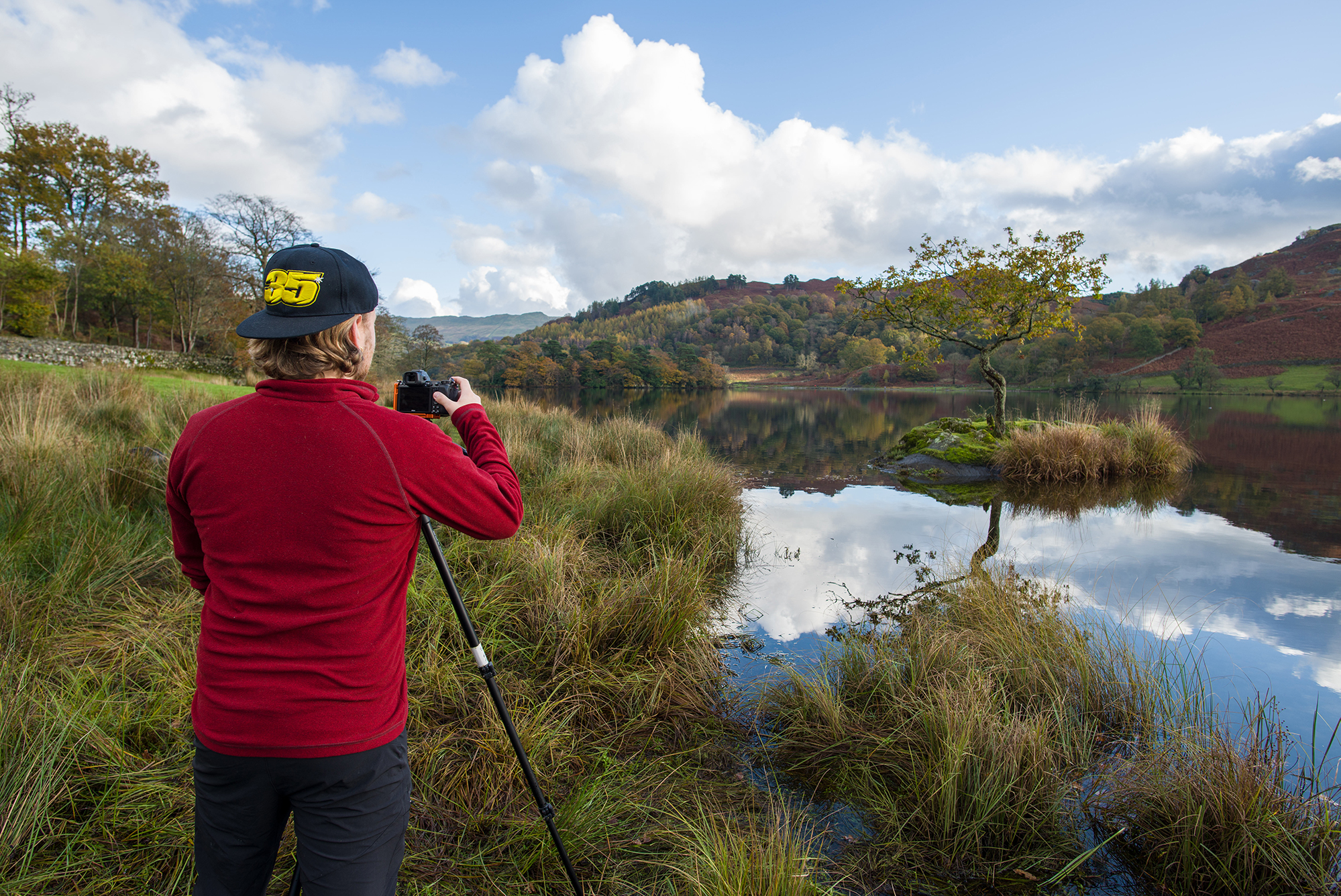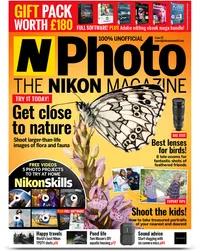Opinion: Planning is the key to consistently great landscape photographs
Wonder how great landscape photographers are always in the right place at the right time? Luck has nothing to do with it…

If you read N-Photo: The Nikon Magazine you’ll know that we run a monthly ten-page feature called The Apprentice, which documents a reader experiencing a one-to-one workshop with a Nikon professional photographer. In a recent Apprentice article (N-Photo 125), landscape professional Edyta Rice coached a reader during a dusk and dawn landscape shoot in the Brecon Beacons.
Condensing a two-day shoot into a ten-page magazine article is a challenging task, and plenty of information had to be left on the cutting-room floor. While the article touches upon Edyta’s planning process, it doesn’t quite hammer home just how rigorous it really is – and I think it’s something we can learn from.
• Read more: Best cameras for landscape photography
Just before the shoot, Edyta sent us a seven-page itinerary. This contained each location we were due to visit, the address of the nearest car park, the time of arrival and the time of sunrise / sunset – but she didn’t stop there.
The document also contained each location’s latitude and longitude, the required OS map and grid reference, estimated weather conditions, example images, and a list of equipment. And she didn’t stop there, either! Detailed descriptions of each route and their level of difficulty were included, too. Now that’s a lot of planning.
The proof was in the pudding, though, and I experienced one of the smoothest Apprentice shoots I’ve ever attended. The temptation is to spend all your time focusing on technique and acquiring the best gear, but it doesn’t matter if you’re packing a carbon-fiber tripod, top-notch filters, the best glass and two Nikon D850s; if the weather conditions don’t play ball, the award-winner you’d hoped for is much more likely to turn out ho-hum.
Good planning helps to reduce stress when you’re out in the field, because you’re less likely to find yourself rushing around or completely blindsided by the weather. This makes the whole process much more enjoyable, which increases the likelihood that you’ll head out again in the near future.
The best camera deals, reviews, product advice, and unmissable photography news, direct to your inbox!
It’s obviously more important in some genres than others, but it’s certainly not limited to landscapes. Wildlife pro Tom Mason regularly details his extensive preparations in his Wild Life column, and plenty of portrait photographers are known to sketch out ideas before immortalizing them in-camera.
Good photographers are consistent. And if you’ve ever wondered how your favorites manage to capture stunning shot after stunning shot, I’d bet my camera that a large part of their secret is good planning.
You don’t have to spend hours formulating plans, but give it a try on your next shoot. It might just be the step up your photography needs.
N-Photo: The Nikon Magazine is a monthly publication that's entirely dedicated to Nikon users. For the best news, reviews, projects and more, subscribe to N-Photo today!
Read more:
Best lenses for landscapes
Landscape photography tips
The best Nikon lenses
The best Nikon camera

Mike studied photography at college, honing his Adobe Photoshop skills and learning to work in the studio and darkroom. After a few years writing for various publications, he headed to the ‘Big Smoke’ to work on Wex Photo Video’s award-winning content team, before transitioning back to print as Technique Editor (later Deputy Editor) on N-Photo: The Nikon Magazine.
With bylines in Digital Camera, PhotoPlus: The Canon Magazine, Practical Photography, Digital Photographer, iMore, and TechRadar, he’s a fountain of photography and consumer tech knowledge, making him a top tutor for techniques on cameras, lenses, tripods, filters, and more. His expertise extends to everything from portraits and landscapes to abstracts and architecture to wildlife and, yes, fast things going around race tracks...

